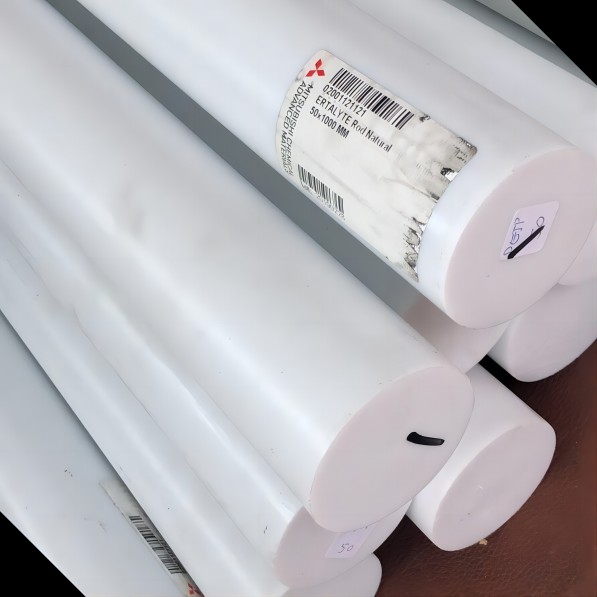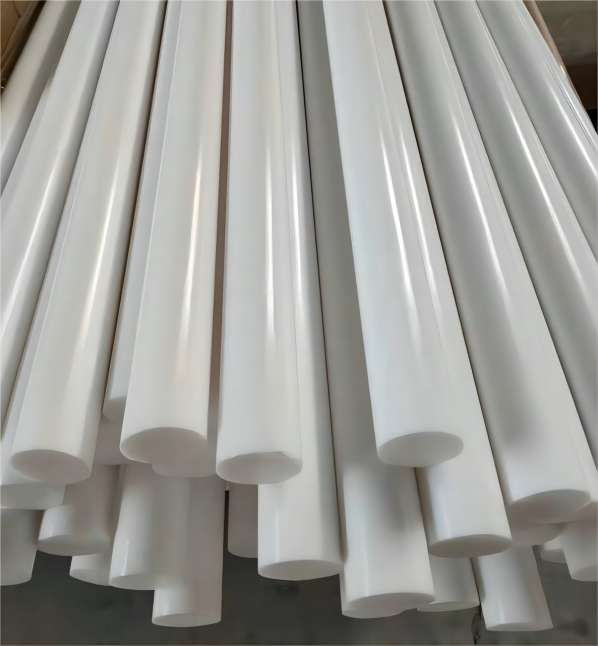
Privacy statement: Your privacy is very important to Us. Our company promises not to disclose your personal information to any external company with out your explicit permission.
In the food industry, different types of plastics are used for different applications, and choosing the right material is critical to ensuring the safety and quality of the food produced. Polybutylene terephthalate (PBT) and Polyethylene terephthalate (PET) are two common plastic materials used in food-related applications. In this article, we will explore the advantages and disadvantages of PBT and PET plastics for food-related applications and the differences between these materials.
PBT is a high-performance thermoplastic used primarily in food applications that require resistance to heat and chemicals. It has a higher melting point than PET and can withstand temperatures up to 250 degrees Fahrenheit, making it an excellent material for applications such as steam sterilization.
PET is a thermoplastic with excellent mechanical properties ideal for food packaging applications.PET is commonly used in the production of water bottles, food containers and blister packs.

Advantages
PBT can withstand high temperatures, making it suitable for applications that require heat resistance.PBT is resistant to a wide range of chemicals, including acids and bases.PBT and PET are non-toxic, non-absorbent, and non-porous.PET is easier to work with and more affordable than PBT, making it a popular choice.
Disadvantages
PBT is more expensive than PET, making it less cost effective.
PBT does not have as many grades available as PET.
PET has a lower melting point than PBT.
PET is less resistant to chemicals than PBT and can be damaged by certain solvents and acids.
Overall, PBT and PET have their own advantages and disadvantages in food-related applications. pBT is suitable for applications that require resistance to extreme temperatures and chemicals, while PET is cost-effective, easy to process and durable. Therefore, the choice of material depends on the particular food product. In the food industry, different types of plastics are used for a variety of applications, and choosing the right material is critical to ensuring the safety and quality of the food produced.

November 17, 2024
November 16, 2024
August 27, 2021
August 26, 2021
PEEK ball is a special type of ball made of polyether ether ketone (PEEK), which has excellent chemical stability, abrasion resistance, and high temperature resistance.PEEK ball is widely used in...
PVDF Application Areas Different models of PVDF products are suitable for different application scenarios. According to application fields, PVDF can be divided into conventional grade products and...
Application Performance Advantages of MC nylon MC nylon is a new type of engineering plastics, due to its outstanding comprehensive performance, so that its status in engineering plastics is rapidly...
Types of nylon: 1. Nylon - 6 (PA6) Nylon -6, also known as polyamide -6, that is, polycaprolactam. Translucent or opaque opalescent resin. 2. Nylon - 66 (PA66) Nylon-66, also known as polyamide-66,...
Email to this supplier
November 17, 2024
November 16, 2024
August 27, 2021
August 26, 2021

Privacy statement: Your privacy is very important to Us. Our company promises not to disclose your personal information to any external company with out your explicit permission.

Fill in more information so that we can get in touch with you faster
Privacy statement: Your privacy is very important to Us. Our company promises not to disclose your personal information to any external company with out your explicit permission.